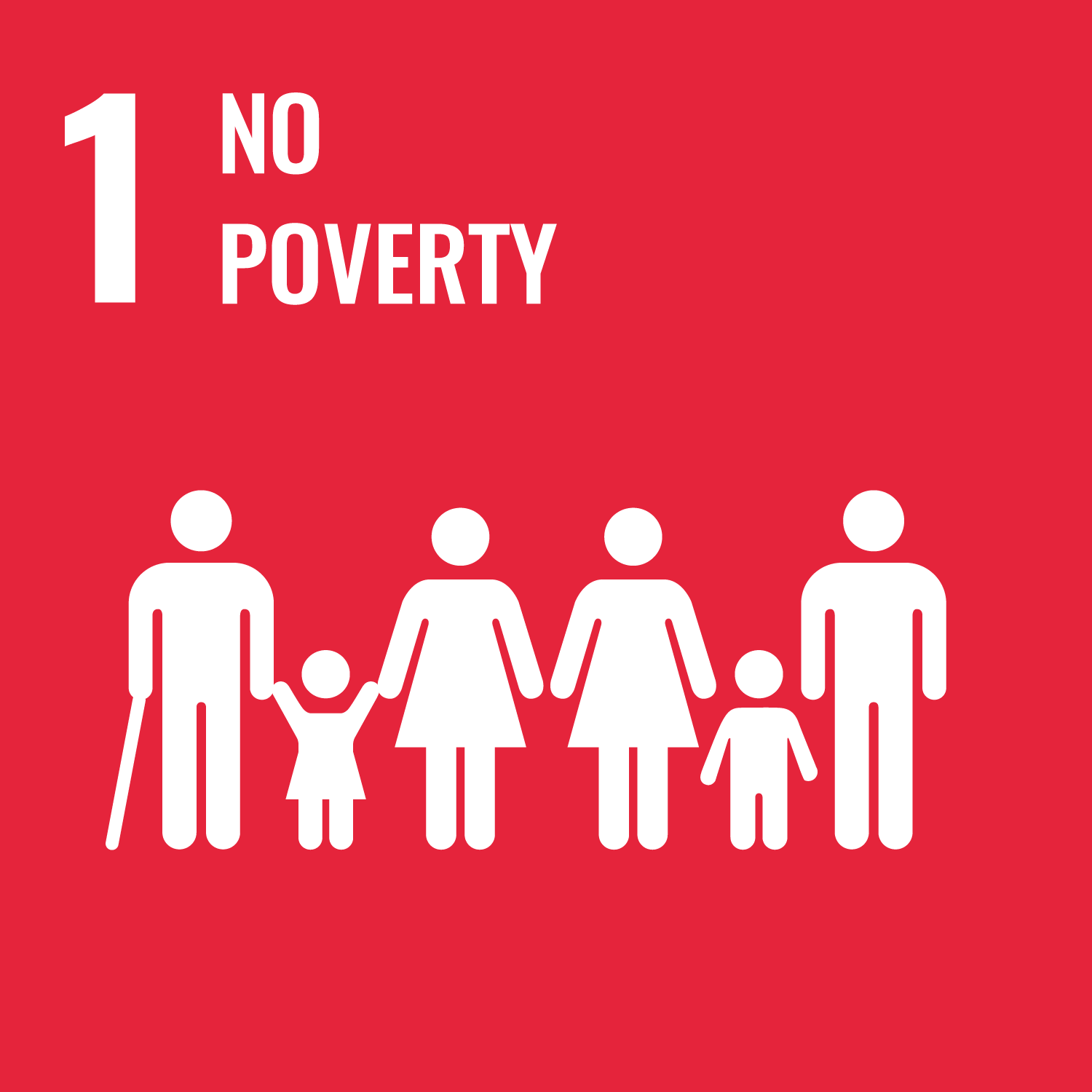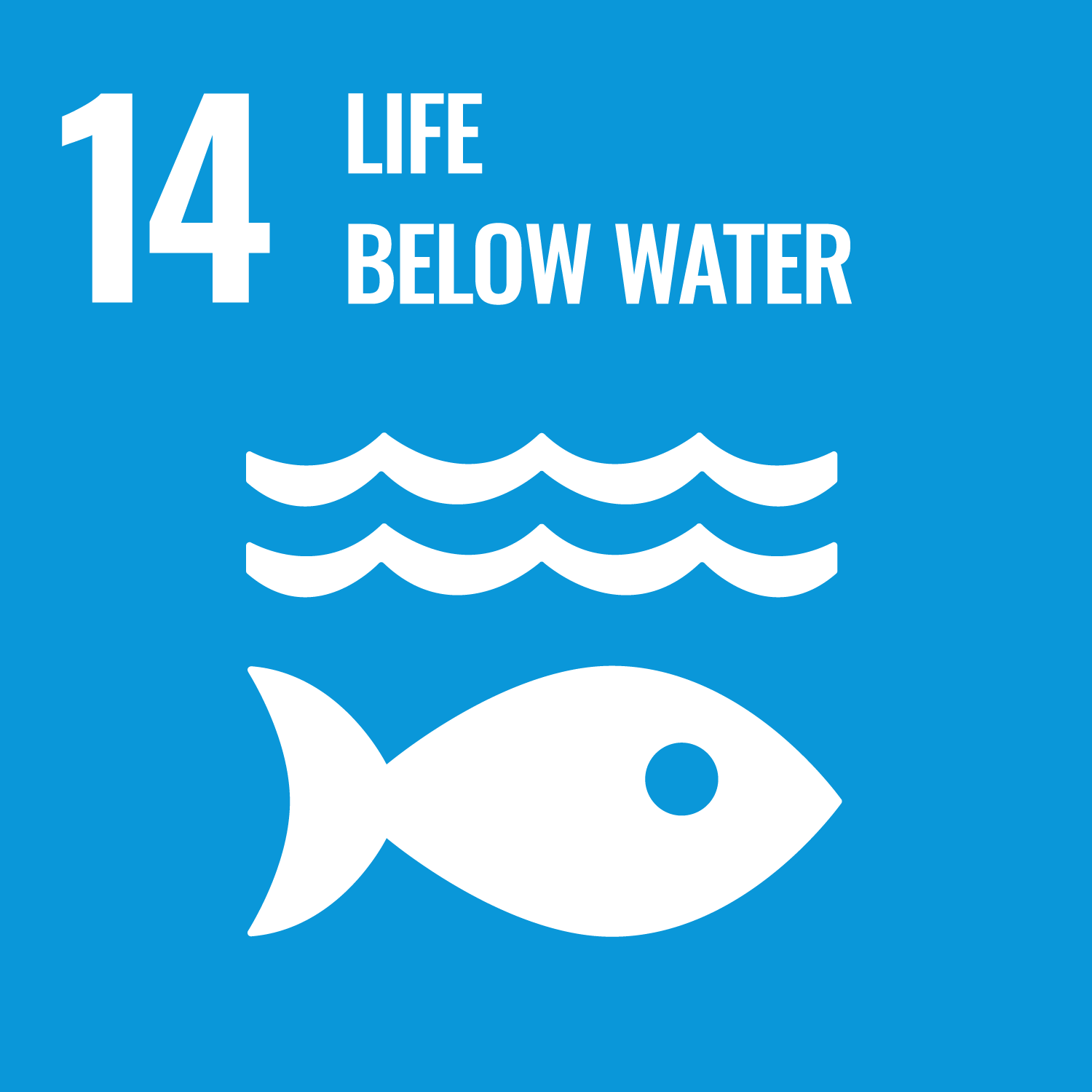Without FEAR to try something new Innovation Challenge "For more informality data."
In our first blog on Innovation Challenge, "For more information informality," we talked about the process and why we chose an open innovation methodology. Now we want to mention the results of the Challenge and learned lessons.
Thinking outside the box Innovation Challenge "For more informality data"
How many young people have jobs in the informal economy? What is the kind of jobs they have? Where are these jobs located? Do these young people have children? These are the type of questions that should be answered to design public policies and services aimed at this population group. Informal youth work is a pressing issue, since 7 out of 10 young people in Ecuador, between 18 and 29 years old, are in this situation, which was aggravated by the pandemic.
Youth and Informal work: their voices through data
In the current health crisis, young people face the pressing issue of precarious labor and informality. In this uncertain time, many questions arise. For example, what are the inequalities between rural and urban youth? How does the sexual division of labor manifest itself in young people in a situation of informality? What role does care work play in the precariousness of women and access to paid employment?
Young people in informality and what we know about their working conditions: Part 1, gathering information
The health crisis caused by COVID-19 quickly turned into a socioeconomic crisis, which has deepened existing social problems. In the case of Ecuador, as in many countries in the Latin American region, informal workers have been seriously harmed by being more exposed to contagion due to the nature of their work, by not having social protection schemes, and by seeing their income level reduced by half or completely ( ECLAC, 2020 ).




















